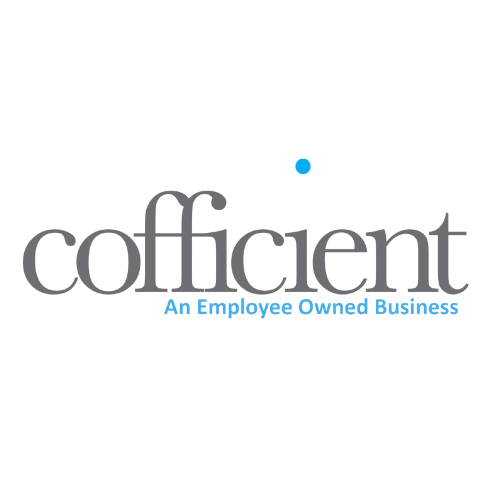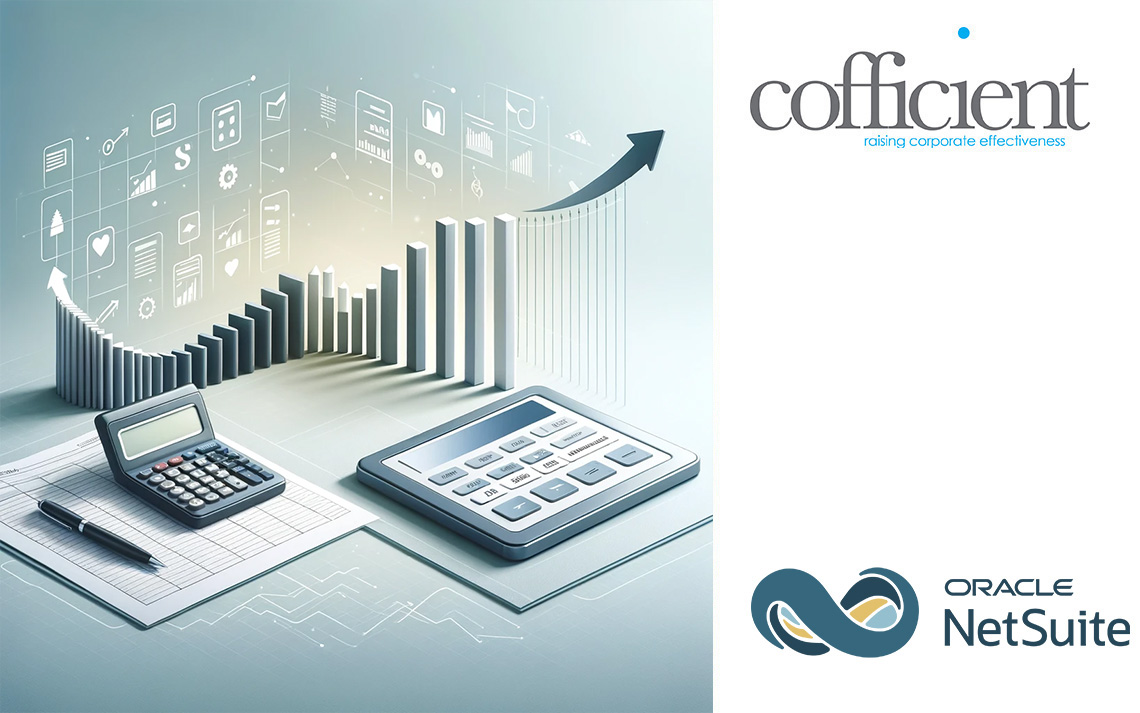
15 Key ERP Stats – The Evolution of ERP
ERP software solutions are the key to handle all your business processes and help your team members land on the same page.
Its transformation from old legacy systems to cloud-based applications are making the business process simpler and super productive.
We have provided some key ERP stats, highlighting the benefits and drawbacks of an ERP system which can help you make the right decision when selecting ERP software.
- 40% of market leaders are looking for new technologies in an ERP system.
- 58% of developers have already integrated or are planning to integrate AI into their ERP software.
- 33% of businesses believe custom APIs are necessary to transform and extract ERP data.
- The top 3 problems faced by users with current ERP systems are UX, data accuracy, and analytics.
- Panorama found nearly 90% of companies select a cloud-based ERP and opt for a SaaS model.
- The average business runs 38% of workloads in public and 41% in a private cloud.
- 89% of companies identified accounting as the most critical ERP function. Other difficulties included inventory and distribution (67%), Customer Relationship Management (CRM), Sales (33%), and technology (21%).
- 95% of businesses achieve major improvements after using ERP through reducing process times, increasing collaboration, and centralising enterprise data.
- The biggest influencers in purchasing ERP software were employees from finance and accounting (23%), and IT department employees (23%).
- On average, companies spend 17 weeks selecting an ERP solution.
- 87% of companies seek guidance for ERP implementation on the whole. 67% seek guidance only for ERP planning.
- The top reasons to implement an ERP are increasing efficiency (35%) followed by cost advantage (29%).
- The ERP market remains in a phase of rapid expansion, with total market size expected to exceed £49.5 billion by 2024.
- The top three benefits businesses said they gained from an ERP system are reduced process time, increased collaboration and a centralised data system.
- An on-premise solution is generally more expensive by about 30% than cloud technology.
The trends above show the evolution of ERP platforms. From being simple business software, they have become full-scale business solutions. Likewise, it shows that you can now run an entire company without using disjointed platforms.
Also, the data shows cloud technology’s impact on current ERP applications. It shows that the systems grow along with your business.
Similarly, the ERP market is being disrupted by artificial intelligence and IoT. They allow ERP to become a more complete business software. Even with potential challenges, an ERP system provides long-term benefits for your operation. While it can be expensive, it enables your business to generate revenue much faster.
If you’d like to discuss further, get in touch!



